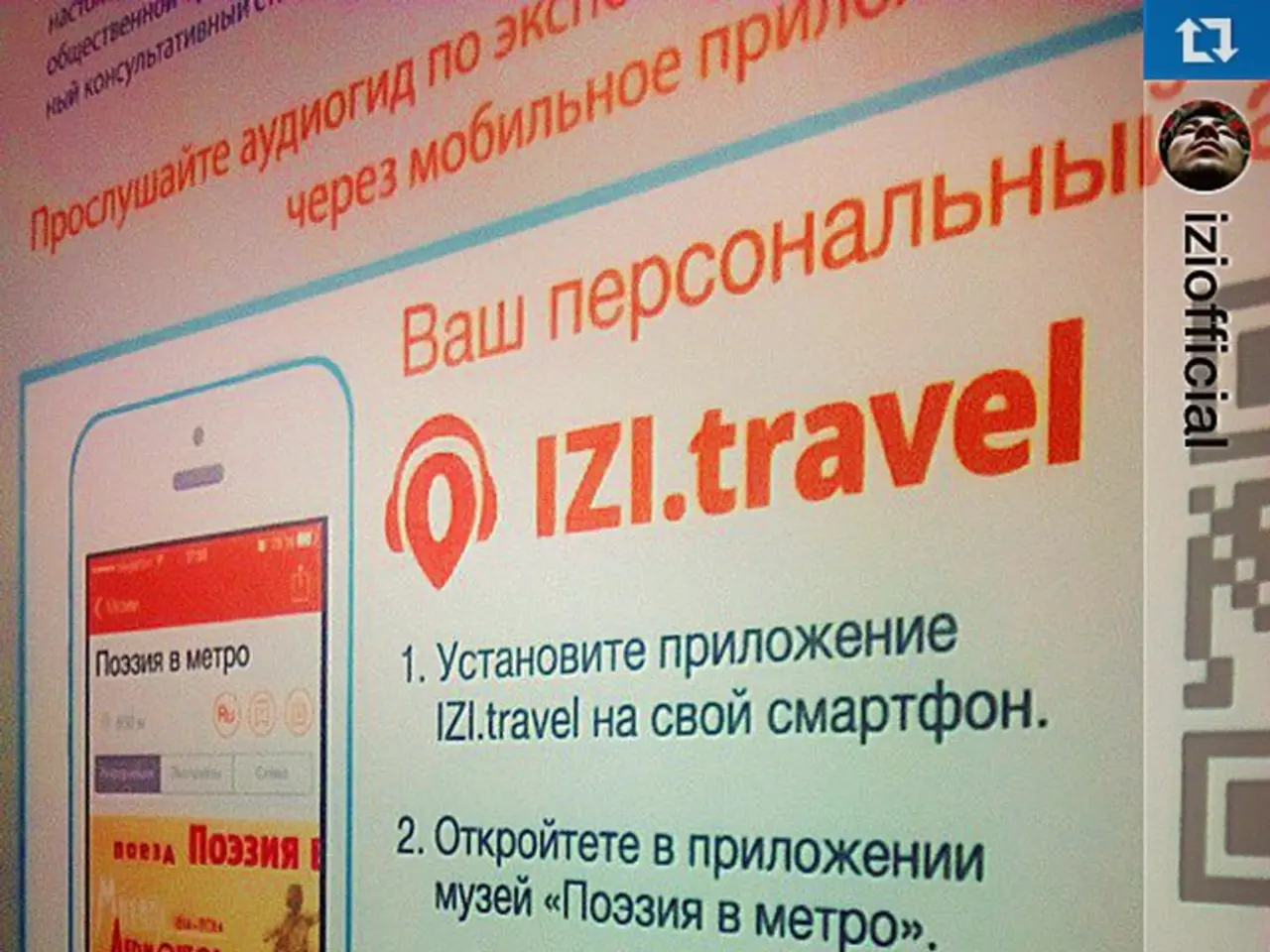Political Campaign Influence through Programmatic Advertising: Unveiling its Impact on Election Outcomes
Programmatic advertising is transforming the landscape of political campaign strategies, offering a data-driven approach to voter outreach that is both efficient and highly targeted. This shift is making waves in the political sphere, as campaigns leverage digital platforms and mobile marketing to connect with voters in a personalized and timely manner.
The power of programmatic advertising lies in its ability to meet voters where they are, particularly on mobile devices, which have become the primary source of political information for many adults. By using data, campaigns can deliver hyper-local, personalized messages and gain instant insights from voter interactions, allowing for rapid strategic pivots.
This approach stands in stark contrast to traditional media like TV, radio, and print, which remain crucial for attracting older or rural voters and reinforcing credibility. However, they lack the precise targeting that programmatic digital advertising offers.
However, recent regulatory changes in regions like the EU are placing limitations on political programmatic advertising on major digital platforms like Google and Meta. This restricts personalized political ads and strengthens incumbent parties who can afford broad, traditional media campaigns, potentially skewing electoral competition.
Despite these challenges, when digital advertising is accessible, it enhances campaign effectiveness by expanding reach at lower costs, increasing voter persuasion and turnout through tailored messaging. Concrete examples like targeted Instagram video ads outperforming door-to-door efforts underscore this point.
Key performance indicators for programmatic ad performance include impressions, clicks, conversions, video completions, cost per acquisition (CPA), and lift in voter engagement or sentiment.
Programmatic advertising in political campaigns refers to the automated buying and placement of digital ads using data-driven algorithms. It works by using demand-side platforms (DSPs) to bid on digital ad inventory in real time, targeting users based on demographics, behavior, location, and political interests.
The future of programmatic advertising in politics is evolving towards greater automation, AI integration, contextual targeting, cookieless personalization, and real-time sentiment-based ad optimization. However, it must comply with transparency, funding disclosure, and platform-specific ad rules set by election commissions or advertising standards.
Geo-targeting in programmatic political ads allows campaigns to deliver specific ads to voters within defined geographic boundaries, such as constituencies, districts, zip codes, or even polling station zones. Programmatic technology supports cross-device targeting, allowing campaigns to reach voters on smartphones, desktops, tablets, connected TVs, and more.
Dynamic creative optimization (DCO) enables ad content to be automatically adjusted based on voter data, showing different messages to different segments. Voter data enriches programmatic campaigns by enabling microtargeting based on party affiliation, past behavior, age, ethnicity, income level, issue preference, and more.
Campaigns can launch or update ads within minutes using programmatic systems, making it ideal for reactive messaging or breaking news contexts. A demand-side platform (DSP) is a software platform that allows political advertisers to purchase digital ad space automatically across multiple websites and apps based on set parameters and audience data.
Display ads, video ads, native ads, audio ads, and connected TV ads are all supported formats in programmatic campaigns. Real-time bidding (RTB) is a type of programmatic buying where ad impressions are auctioned in milliseconds. The highest bidder gets to serve their ad to a targeted voter instantly.
Programmatic advertising can be used for opposition research to monitor competitor messaging, test counter-messaging, and deploy strategic response ads in real time. It can also be used for Get-Out-the-Vote (GOTV) campaigns by running time-sensitive, location-targeted ads reminding voters to cast their ballots, share polling info, or promote early voting options.
While the cost of programmatic advertising depends on competition for ad space, audience segment demand, and timing, it often delivers better ROI compared to traditional media buys. Using ad verification tools, private marketplace deals, and partnerships with reputable DSPs and publishers helps reduce bot traffic, ad stacking, and other forms of fraud in political programmatic campaigns.
However, risks associated with programmatic ads in politics include data misuse, privacy violations, misinformation amplification, algorithmic bias, and public backlash if perceived as invasive. These concerns highlight the need for ongoing dialogue and regulation to ensure the ethical and transparent use of this powerful tool in political campaigns.
- Social media platforms, with their vast user bases, are increasingly being utilized for political campaign strategies, as campaigns employ programmatic advertising to deliver personalized ads and gain insights from interactions, boosting voter outreach and engagement.
- In the realm of politics, the future of programmatic advertising is anticipated to be defined by AI integration, contextual targeting, and real-time sentiment-based ad optimization, ensuring that campaigns can connect with voters more effectively and respond to changing political dynamics in a timely manner.





